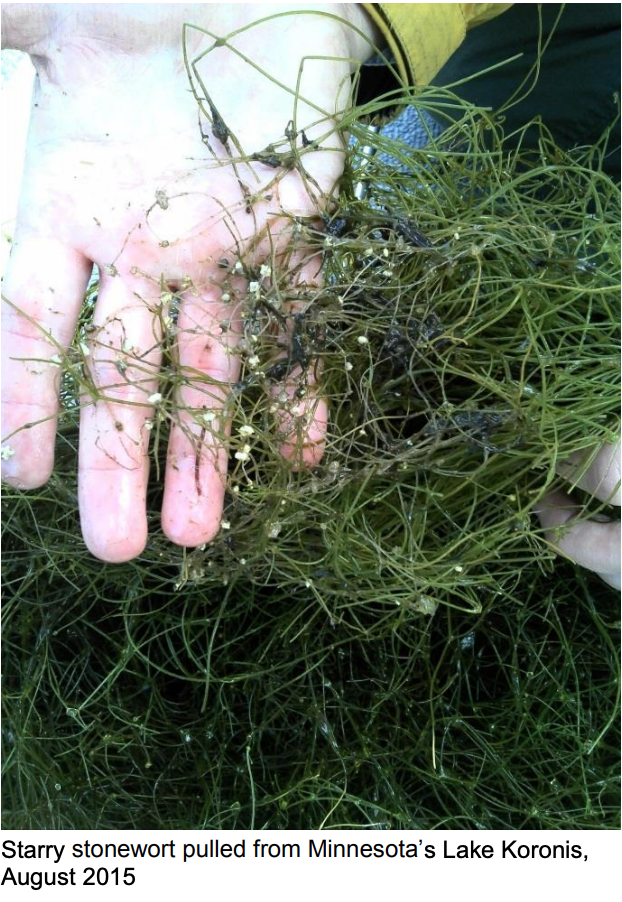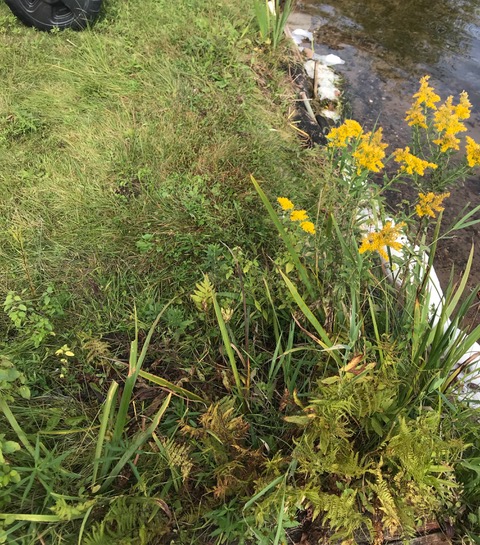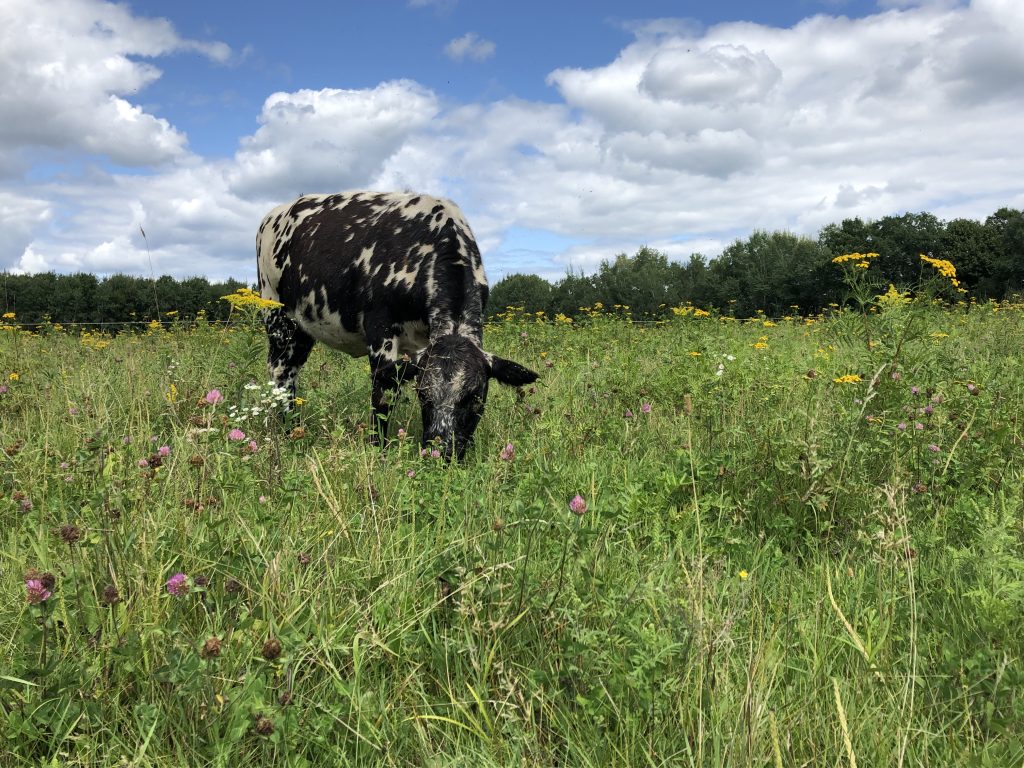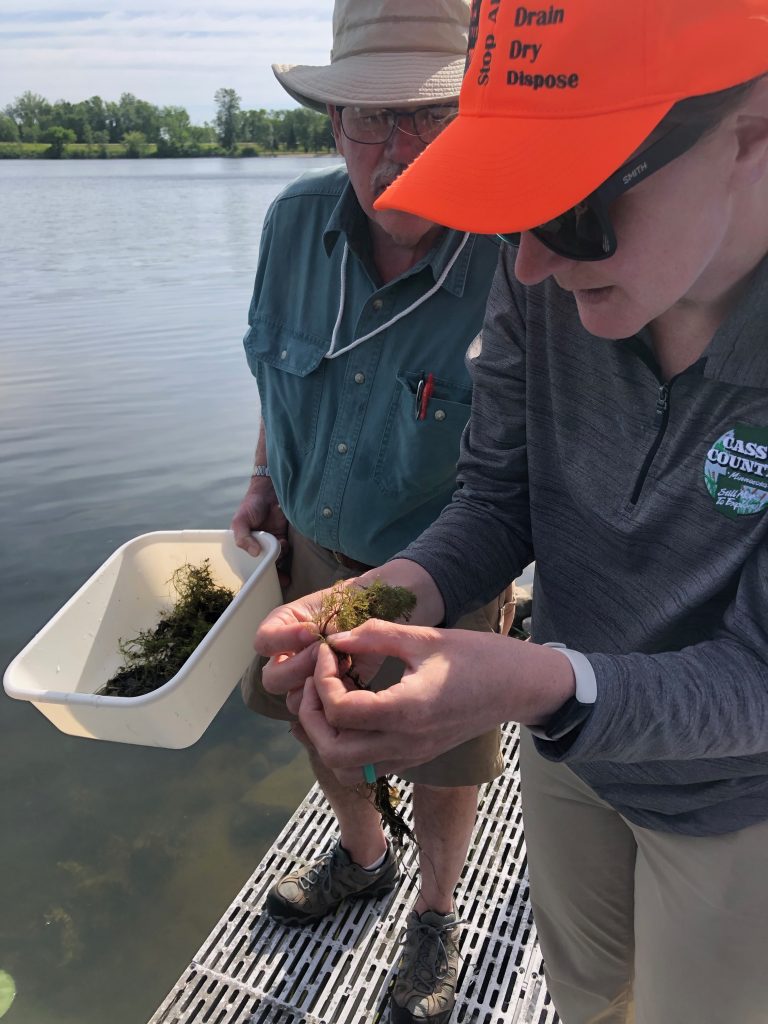The 2024 session was extremely short, mid-February to mid-May. This meant that there was very little time for complex or controversial legislation to work its way through the process. MLR set a more modest legislative agenda this year, focusing on issues on which we had been able to initiate in previous years.
The most important of these was to make progress in three key areas:
- Reduce the spread of Aquatic Invasive Species,
- Reduce user conflicts and destruction of shoreline, aquatic plants and reanimation of lake sediments from boat wakes and prop thrust,
- Protect and improve lake ecology.

Aquatic Invasive Species Prevention
Early in the session MLR received an Emerging Issues grant in the amount of $385,000 from the Environment and Natural Resources Trust Fund to provide boat cleaning equipment at accesses infested with starry stonewort. The grant also provides funding for education, outreach, signage and boat cleaning tools at all accesses.
This grant will allow MLR to support an expansion of on the ground AIS efforts.
In 2023 MLR and partners successfully worked to pass a boaters education and certification program. Our goal was to increase public safety, reduce user conflicts, prevent the spread of Aquatic Invasive Species and eliminate ecological damage to shorelines, aquatic plants and lake sediments.
The bill required the MN DNR to work with partners to create a boaters education course to provide Best Practices that could be taught in the coursework. It was important to have trusted independent, peer reviewed science so that we understood the power and energy of different wakes, prop thrust, user patterns and so forth.
In 2023 MLR successfully supported grants by the Saint Anthony Falls Lab and the Minnesota Aquatic Invasive Species Research Center. Much of the work from these groups into wake dynamics, boat cleaning strategies, communication strategies, and the efficacy of different lake association governance and projects. This research will help inform the Boater Training and Certification training being rolled out by the MN DNR in the next year.
MLR is now working with the MN DNR to set the curriculum for this new training program.
We believe that this approach is the best way to make progress reducing the negative impacts of wake surfing and other boats on lake ecology and quality of life on our lakes. I want to note that all of the wake boat regulation legislation in other states that was introduced in 2023 failed to pass.
Much of the funding and effort in AIS work has gone towards education, working to convince boaters to Clean, Drain and Dry every time they exit a lake or launch into a new one.
Soon every boater in the state will have learned exactly what they are required to do to prevent the spread of aquatic invasive species. There will be no reason for law enforcement not to write tickets to boaters that violate AIS laws.

Wake and Prop Thrust Impacts
There can be little doubt that boater training and certification is a key first step towards preventing both user conflicts between different groups (paddle boarders and wake surfing water craft for example) and the destruction of shoreline and lake ecology from intense wake action and prop thrust.
But most importantly, the new Boaters Education and Certification program will save lives. In Key takeaways from the 2023 Recreational Boating Statistics – America’s Boating Compass, they write:
“…where instruction was known, 75% of deaths (vs. 74% in 2022) occurred on boats where the operator did not receive boating safety instruction. Only 15% percent of deaths occurred on vessels where the operator had received a nationally approved boating safety education certificate. This clearly shows that boater education works.”
While reducing the negative wake and prop thrust impacts on shoreline and lake sediments, there is also a need for improved shore land standards.

Shoreline Protection, Restoration
In 2024 MLR had a multi-pronged effort to protect/improve shoreline.
In 2002 the MN DNR initiated a rule making process to update the minimum standards for shoreline development. The language that was approved was very good, but unfortunately Gov. Pawlenty did not sign it before leaving office, in effect vetoing it.
During the Dayton administration the new buffer rule did not impact shoreline, a terrible missed opportunity.
In 2014, the Legislature passed language that eliminated the DNR’s rulemaking capacity for shoreline, a victim of the blow back from the buffer bill.
For two years a number of groups, including MN COLA, MLR, DNR, BWSR, Counties, and other organizations have been meeting to define the problem of vanishing shorelines. The group has been working as a broad, cross sector base to create a climate for shoreline protection.
In 2024 MLR worked with the MN DNR to re-establish the MN DNR’s rulemaking authority for shoreline.
The language reads, “The commissioner shall adopt model standards and criteria for the subdivision, use, and development of shoreland in municipalities and areas outside of a municipality. The authority to adopt model standards and criteria is exempt from the 18-month time limit… and does not expire. The standards and criteria must include:
- the area of a lot and length of water frontage suitable for a building site;
- the placement of structures in relation to shorelines and roads;
- the placement and construction of sanitary and waste disposal facilities;
- designation of types of land uses;
- changes in bottom contours of adjacent public waters;
- preservation of natural shorelands through the restriction of land uses;
- variances from the minimum standards and criteria; and
- for areas outside of a municipality only, a model ordinance.

Further Reductions in Runoff Pollution
Early in the session House Environment Chair Rick Hansen proposed a “fertilizer tax.” The Hansen legislation would have levied a 99-cent fee per ton of nitrogen fertilizer sold to fund an assistance program for people whose private wells are polluted.
In an MPR story about the proposed tax, Rep. Hansen said, “We have tried incentives. We’ve tried education. We’ve tried voluntary management practices. We’ve had meetings after meetings … and the nitrogen fertilizer use continues to go up….. They’re going to need safe drinking water. And how do you pay for that? It should not come from the general taxpayer. It should come from those responsible.”
Opposition to the fertilizer tax was intense and it did not pass. Meanwhile, a quieter but perhaps more impactful bill advanced through the process and was signed into law by Gov. Walz. – the Inventory of Public Waters. It has been many, many years since the waters of the state have been inventoried, and any water not on the inventory map is not regulated by State agencies. Currently there are probably hundreds of miles of unmapped drainage ditches that are not on the public waters inventory list. This measure funds the mapping and classification of public waters through the year 2032 and will have a significant impact on water quality in our lakes and rivers.
Lawns to Legumes The legislature increased the Lawns to Legumes grants to $800,000 a year. MLR is working with the grant administrator, Blue Thumb to use the funding for shoreline restorations.

MAISRC We worked with MAISRC to extend a $3,820,000 grant, “to prioritize, support, and develop research-based solutions that can reduce the effects of aquatic invasive species in Minnesota by preventing spread, controlling populations, and managing ecosystems and to advance knowledge to inspire action by others,” until June 30, 2028.
Boat Wrap Recycling – Minnesota leads the nation in boats per capita with roughly 14,500 vessels per 100,000 population. The winterization of these boats produces an estimated 6.25 million pounds of plastic every year, with the vast majority of that clogging our municipal landfills at considerable public expense.
MLR worked on a bill to require the producers of boat wrap to, “through membership in a stewardship organization, implement and finance a statewide product stewardship program according to a stewardship plan approved by the commissioner to reduce the volume of boat wrap disposed of in landfills by promoting and providing for the negotiation and execution of agreements to collect, transport, reuse, and recycle boat wrap.” The estimated cost to the consumer of this is about .025% increase in the cost of having their boat wrapped.
Rough Fish – Many years ago anglers urged the MN DNR to study, count and create management plans, including licensing to harvest specific game fish targeted by anglers. Other native fish, like burbot, big mouth buffalo, bowfin, gar, mooneye, redhorse and others were unstudied and unregulated. No one knew what possible role these native fish played in the ecosystem. While all native aquatic plants in Minnesota are protected by a strict permitting process, native fish could be destroyed in unlimited numbers.
In 2018 a fish biologist from North Dakota discovered that some buffalo fish lived more than a century. These ancient fish were being destroyed indiscriminately by bow anglers and used for fertilizer or dumped in ditches.
MLR called the National Association of Bow Fishermen and Director of Fisheries at MN DNR. We worked to build a base of support among anglers, lake associations, researchers and policy makers to correct this issue.
This session the MN legislature passed “First-in-the-Nation” legislation to fund the research of Rough fish ecology, and draft regulations to sustain the populations of these fish into the future.
- Authorizes the Department of Natural Resources rulemaking authority for daily and seasonal take limits and establish close/open seasons for native rough fish.
- The new term, Native Rough Fish does not include Aquatic Invasive Species, such as carp. AIS are not provided any protection under the new law.
- Establishes penalties for the illegal taking of Native Rough Fish and eliminates fishing contests for these animals.
Helium Extraction – Language was enacted concerning the helium exploration in the arrowhead, establishing that the state can tax extracted Helium and the MN DNR has rulemaking authority over helium extraction activities if helium mining in Minnesota progresses.
